Congratulations! You’ve succeeded in driving online traffic to your product page. So why aren’t customers actually clicking ‘Add to Cart’?
Making successful e-commerce conversions, or transforming your website’s visitors into actual paying customers, isn’t an easy feat. Expertise on doing it well and accurately is key to your long-term growth. This is a critical area where small and mid-sized brands really struggle to get and keep their footing, even when their solutions (products) are top contenders.
Shining a Light on the Fundamentals
Following are some fundamentals to keep in mind as you develop and elevate your site’s content and design, one of the most impactful tasks a business can commit to.
1. Your ‘Buy’ Button Is the Most Important Element. Since the entire goal of your e-commerce site is for customers to purchase your products, your ‘Buy’ or ‘Add to Cart’ button is crucial, but often overlooked. Whatever you name it, make sure your customers can easily find it.
The ‘Buy’ button should be visible immediately when landing on the product page.
Customers should never be required to scroll or search to find it.
Surround the button with plenty of white space.
Be sure the button is an actual button, not just standalone text.
Use appropriate colors that are prominent and coordinate with your brand.
2. Cater to the Mobile Customer. Did you know that mobile commerce (m-commerce) is growing even faster than e-commerce? This year, it accounts for approximately 44.7 percent of online sales in the United States and is projected to comprise nearly 75 percent of global e-commerce by 2021. Take advantage of this trend and optimize your website for mobile devices.
Create mobile-friendly content that is both visible and easy to navigate on smaller screens.
Develop a shopping app — be sure to create something that is functional and reflects the quality of the brand. Nothing says “rookie” more than creating an app that your customers don’t use.
Present special offers or discounts for mobile customers. Exclusivity sells, and you can use this as a way to make your mobile audience feel a part of something that is not available to everyone.
Make sure your mobile process is flawless end-to-end. A frustrated shopper not only won’t make the purchase, but also will be more likely to share negative experiences and annoyances with others.
3. Photos Provide a Customer’s First Impression of Your Products. The importance of premium photography cannot be overstated. Because your customers can’t physically touch and manipulate online products, your photos need to do this (virtually!) for them.
High-quality photos should reveal multiple product angles and offer a zoom feature. Opt for well-lit products on a white background.
A 360-degree view or in-context lifestyle images (and video) also are recommended.
If there are multiple product color options, each individual color should be photographed and displayed.
Be consistent with your photography style across all product pages.
Allow customers to upload photos showing real people using or wearing your products in the real world.
4. Organize Your Copy. When it comes to product pages, both structure and content matter. The format in which information is presented can be just as important as the actual copy.
Get started with an engaging product title.
Use headings, subheadings and bullet points to develop highly scannable content.
Be sure customers quickly can find the info they’re looking for.
Include information on pricing, features, materials, care instructions and sizing details.
Make sure it is consistent throughout the site. The same detail for every product on every page.
5. Compelling Content Is Also a Key Factor. Don’t Be Boring! Put some energy into your product descriptions and develop a brand voice that appeals to both current and prospective customers. There’s a lot of noise out there, and to stand out you must be authentic, bold and clear.
Give customers the context to envision themselves using your products.
Particularly when selling luxury items, provide plenty of detail to support higher costs. Define the product’s value by describing any unique origins, superior materials, or other upscale features.
Remember to answer the age-old question: Why should your customer choose this product over another? Never assume your customers know the answer — your job is to tell them why.
6. All Pages Should Be Properly Branded. Don’t limit your brand message to your home page; it should be carried over to all product pages. Consistency gives the sense of professionalism, a developed brand and something of quality — all key points that contribute to a sale.
Assume that customers have never seen your home page.
Highlight your brand as soon as they land on a product page.
Create an easy-to-navigate layout.
Keep design clean, clear and consistent.
Use consistent colors, fonts and language.
7. Don’t Forget to Cross-Sell and Upsell. Your product page should take the place of an enthusiastic salesperson. You know, the one who brings over the perfect accessories to match the outfit you’re trying on? The one who doesn’t take ‘no’ for an answer, but isn’t pushy either. This balance is the gold standard of e-commerce sales.
Every product page offers the opportunity to sell more products by encouraging additional, coordinating purchases.
For each product, recommend accessories, other styles or additional items in a similar color or featured design.
8. Add Social Proof. For today’s tech-savvy customers, online reviews have replaced word-of-mouth recommendations to persuade prospective customers to fill their carts.
Include customer reviews, ratings, Instagram photos and personal testimonials.
To help develop this component, send post-purchase emails and surveys asking customers to review purchased products. The easier it is to leave a review, the more people will follow through.
Provide a benefit in return for a completed review from verified purchases. Offer a coupon code for their next purchase or exclusive access not available for everyone.
9. Speed Matters. Sometimes people are in a hurry, and everyone else just doesn’t want to wait. Don’t let your site slow them down. We are in the digital age of instant gratification, and appealing to this aspect of a seller’s personality will help you convert.
Make sure product pages load quickly.
Allow busy customers to access shipping information quickly and easily.
Keep the checkout process free of unnecessary complications. The fewer steps, the better.
Create a sense of urgency — i.e., “Product on sale through tomorrow only!” — to encourage customers to press ‘Buy’ right now.
Optimization Is a Continual Process. Seriously, It’s Never ‘Done.’ Balancing all nine of these best practices to optimize your product page will lead to higher conversion rates and, ultimately, higher profits.
While the fundamentals above zero-in on what premium product page content consists of, we should also peel back one more layer and discuss product descriptions that convert.
Your Audience Needs to Connect
Authenticity is key. When a business is having trouble generating clear copy, it might help to go back and re-identify its target market and audience. When you know who you’re talking to, it becomes much easier to figure out what you will say. So, as you develop your product descriptions, make sure you know the demographics that will be looking at your site and exactly what problem you are solving for this audience.
Much of this connection also relies on the language you are using. Nobody wants to buy from a car salesman who speaks in buzzwords and uses cheesy phrases. Use persuasive language, make sure it sounds natural. Be authentic and be clear. A good exercise in creating high-quality content descriptions is to pretend you’re telling friends about a really cool new product you think they will love.
Keywords, SEO and You
A lot of brands over the years, in an attempt to set themselves apart, go for content approaches that are “too unique.” What this means is that the keywords, descriptors and even the copy didn’t allow their content to be searchable.
While unique is good, searchable is better. Make sure your keywords match what a potential customer would type into a search engine when looking for an online product.
Speaking of looking for an online product, most searches take place because consumers are looking for solutions to problems they are experiencing. When laying out your descriptions, focus heavily on the benefits of your product and what problem you are solving for your buyer. Incorporate this language into your product descriptions so the solution you are offering is absolutely clear.
Information Overload
Your approach to product descriptions should have at the center of it the notion that each visitor has never seen this page before. The more information the better, as long as it meets these three qualifications:
- Relevant
- Informative
- Engaging
Shoppers want to know all of the product details but your task is to offer them up in a way that grabs and holds their attention all the way through to the buy. Good copy is entertaining, unique, clear and consistent, while informing your buyer of the solution you’re selling and remaining relevant all the way to the buy.
The Advantage of Big Retail
As more and more entrepreneurs and small to mid-sized brands compete with big retail, it’s important to recognize the advantages big retailers have and work to minimize the gaps. Big retailers might have entire teams dedicated to writing, market testing, perfecting content and product descriptions, but this level of attention or resources is not typical for smaller brands competing.
However, smaller brands have more agility to strike faster at an opportunity. The disparity gap exists because everyone is competing in the same e-commerce ecosystem. In many ways, this is good. Just like with any healthy ecosystem, we want to see both the bigger fish and the smaller fish lending to the overall success of the ecosystem.
Contributing to the Balance and Competition
The best way to minimize these gaps, while contributing to the overall balance of e-commerce in general, is to educate the up-and-coming brands on where their focus can create the biggest impact.
Optimizing product pages and product descriptions is an effective behind-the-scenes tactic for increased conversions, repeat customers, and better reviews from an audience who really connects with your language and your products.

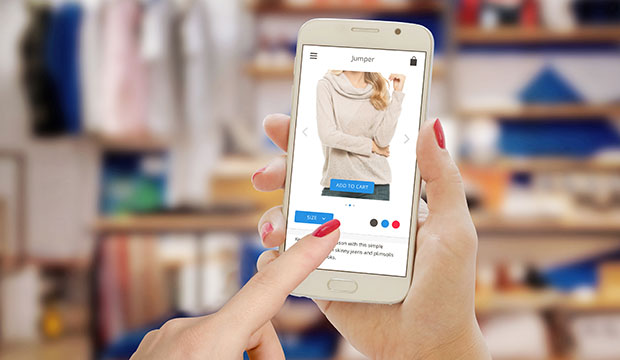






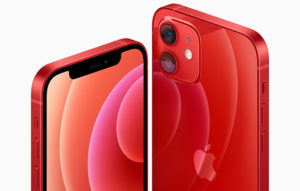

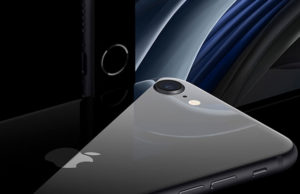


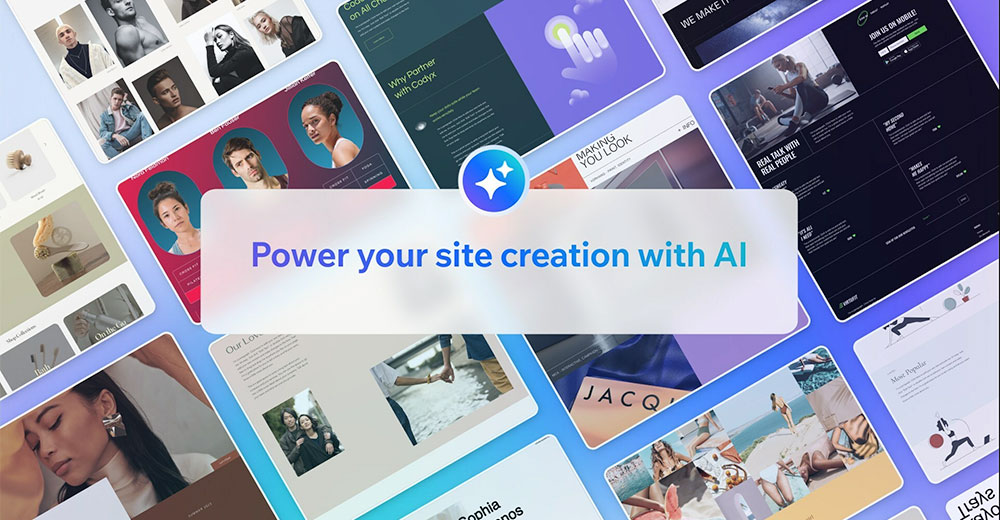

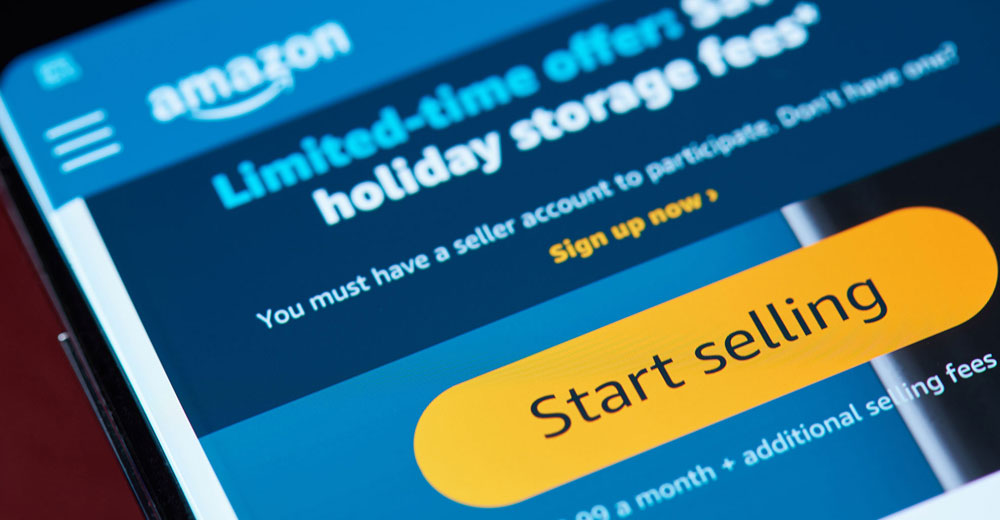


















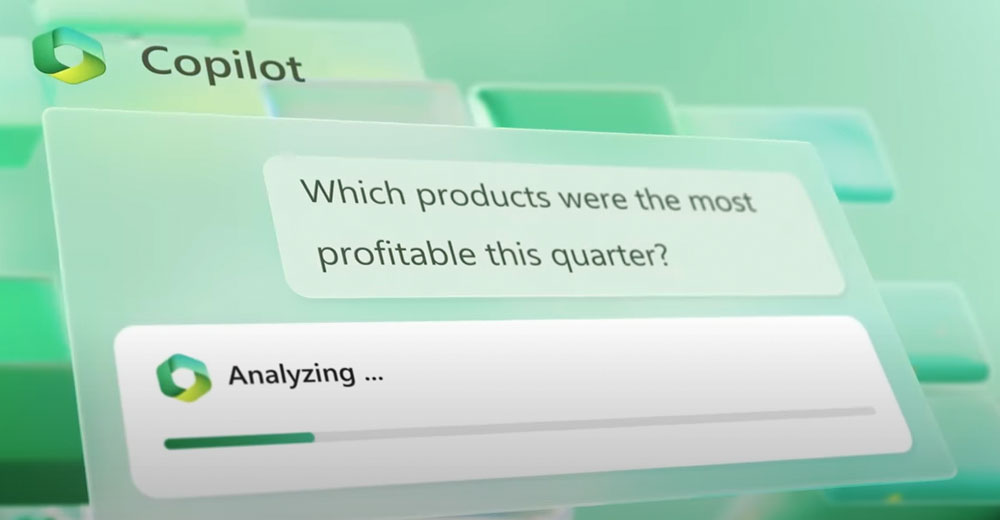




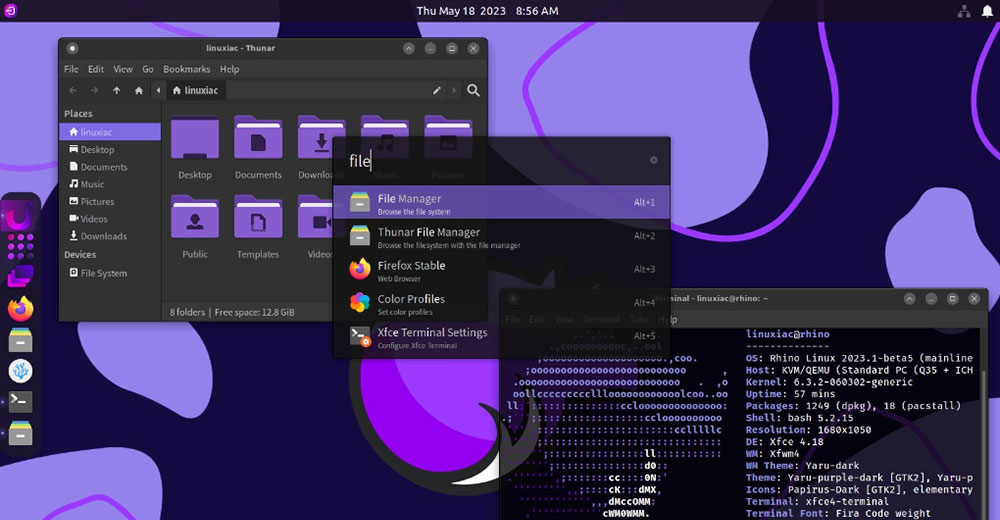





Nice article, some points are very relevant
Nice article, useful resources and tricks!
Good information when to optimize an image for the webpage. Thanks